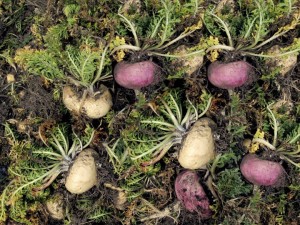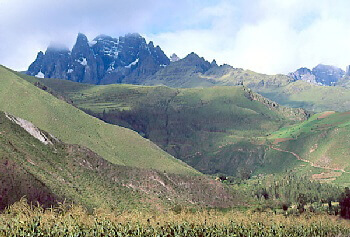Maca Lepidium Meyenii
Scientific Classification of Lepedium Meyenii
- Superdivision: Spermatophyta- Seed plants

- Division: Magnioliphyta – flowering plants
- Class: Magnoliopsdia – Dicotyledons
- Sublass: Dillenidae
- Order: Capparales
- Family: Cruciferae – Brassicaceae (Mustard Family)
- Tribe: Lepideae
- Section: Monoploca
- Genus: Lepidum L. – Pepperweed
- Species: Lepidium meyenii as described by Gehard Walpers in Nov Act. Nat. Leopold Carol in 1843
- Synonyms: Lepidium peruvinarum Chacon, Lepidium weddelii, Lepedium affne, Lepdium gelidum
- Related Species: Lepdium sativam, Lepdium meyenii Walp. Lepdium bipinnatifdum Desvaux, Lepdium kalenbornii C.L. Hitchcock, Lepdium chichicara Desvaux
History of Lepedium Meyenii
Lepedium meyenii Walp. (Maca root) was first described by Gerhard Walpers in 1843. Extensive taxonomic treatments of the species Lepedium found in Australia, and North America, but nothing exhaustive has been produced on the varieties native to Peru. It has also been suggested by Chacon de Popovici (1990) that the current day Lepedium grown in Peru is a newer species than that described by Walpers. Thus the name Lepedium Meyenii Chacon has been proposed, but to present is not widely accepted.
Common names of Lepedium Meyenii are:

- Maca
- Peruvian Ginseng
- Pepper Grass
- Pepper Weed
- Maca (Spanish)
- Maka (Spanish)
- Maca-Maca (Quechua)
- Maino (Quechua)
- Ayak Chichira (Quechua)
- Ayak Willku (Quechua)
Description of Lepidium Meyenii Walp
Details: Lepidium meyenii walp is an herbaceous, low-growing, rosette-like plant of frilly leaves with an enlarged tuberous fleshy underground organ formed by the taproot and the lower part of the hypocotyl. The plant grows to a height of 10-20cm. It’s root is 3-5cm in diameter and 15 cm in circumference at the widest point. Authorities do not agree whether the plant is a biennial or perennial plant. The plant matures about 8 months after planting.
- The leaves of Lepidium meyenii form a low growing mat in a rosette form
- The flowers appear in small clusters around the base of the plant
- Maca Lepidium meyenii roots (fruit) are hard in consistency and occur in colors ranging from yellow, cream, white, reddish, red, light grey, black, to purple. This is the edible part of the plant
Distribution:

Maca Lepidium meyenni root grows in the Andes in a very restricted area. It is found only in the central sierra of Peru, in Junin and Cerro de Pasco, at elevations above 3500 m and reaching 4500 m. It is believed to have grown with greater distribution in the past. In 1994 there were less than 50 hectares dedicated to the production of Lepidium meyenii Walp. By 1999 there were nearly 1200.
Although the species has been grown at lower elevations in Germany and the U.S., in all occasions crops have failed to produce significantly sized roots.
Ecology: Lepidium meyenii grows in intense sunlight, violent winds and below- freezing temperatures in poor rocky sedimentary soils of limestone and dark clay. It is a very resistant plant. Seeds are sown at the beginning of the rainy season (Sept-Nov) on freshly ploughed pasture. The crop matures in about 8 months and harvesting beings in May or June. After harvesting Lepidium meyenii is traditionally dried in the sun for 10-15 days and covered during the night to avoid rain and frost damage. The leaves are left on the plants during drying in order to produce sweeter roots.
We hope you enjoyed this article on Lepidium meyenii.
If we’ve left your question unanswered here, please let us know and we’ll get back to you quickly with an answer.
![]()
